
One look at a bluebird with its vibrant colors, and it's easy to see why the birds rank near the top of any list of best-loved birds. Classified as thrushes, a family found worldwide, the three bluebird species are unique to North America.
All three are medium-small songbirds that live in open habitats. Male bluebirds are more brightly colored than females, and juveniles wear a pattern of spots, reflecting their thrush ancestry. Insects make up most of their summer diet, but the birds wander in flocks in winter, eating small fruits and berries.
THE CLASSIC: EASTERN BLUEBIRD
The most widespread member of this trio is the eastern bluebird. In summer, it lives throughout southeastern Canada and in the United States east of the Rocky Mountains. A separate population is found from southern Arizona through Mexico and into Central America.
Many eastern bluebirds migrate in fall, and the species becomes more common in central and southern states in winter. A few stay through the cold months, as far north as Canada. These wintering bluebirds move around the countryside in small flocks, gathering to feed on the fruits of poison ivy, dogwood, holly, and other vines and trees.
Eastern bluebirds are easy to identify by their upright posture, color pattern and thin, straight bills. Adult males are deep blue on the head, back, wings and tail; rusty orange on the chest; and white on the lower belly. Adult females have the same pattern in muted colors.
EARTH TONES: WESTERN BLUEBIRD
This story is from the {{IssueName}} edition of {{MagazineName}}.
Start your 7-day Magzter GOLD free trial to access thousands of curated premium stories, and 9,000+ magazines and newspapers.
Already a subscriber ? Sign In
This story is from the {{IssueName}} edition of {{MagazineName}}.
Start your 7-day Magzter GOLD free trial to access thousands of curated premium stories, and 9,000+ magazines and newspapers.
Already a subscriber? Sign In
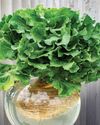
Basics of Hydroponics
Use these top tips and plant picks to have a successful soil-free garden
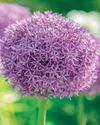
Rooted in Resilience
These hardy perennials will thrive in most zones
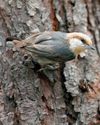
Social and Supportive
Brown-headed nuthatches take a helpful approach to raising their young

All About Owl Pellets
And why you should give a hoot about them
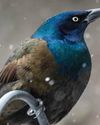
Ask the Experts
Advice from our pros about houseplants, bird feeding and more
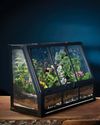
BRING THE OUTDOORS IN
Making a terrarium is about as close as you can get to a Zen DIY project. Once you have gathered the proper materials and squared away your plant selections, it's as simple as layering it all together and watching your mini ecosystem thrive. Here, I'll walk you through my foolproof process and cover all the required elements for good filtration, healthy soil, strong root growth and resistance against fungus and disease.

GROW THIS. NOT THAT
Six easy-to-grow houseplants—and six that may not be the right choice for you
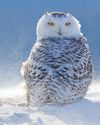
Winter MAGIC
Forecasts may be frigid, but grab your binoculars because birding opportunities are still incredible

Sense or Nonsense? - Why some birds can taste and smell - but others can't
Does a porcelain berry taste like a blueberry to a gray catbird? Does a block of lard smell like frying bacon to a northern flicker? The short answer is no. While some avian species do have a well-adapted sense of taste or smell, they can't distinguish between flavors and odors the way humans can. They're not picking up every ingredient in the suet you put out, says José Ramírez-Garofalo, an ornithology researcher at Rutgers University in New Jersey and the director of Freshkills Biological Station in Staten Island, New York.
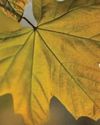
Maple Mania - Amazing facts about this fall foliage mainstay
Amazing facts about this fall foliage mainstay